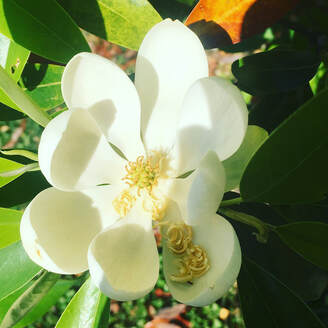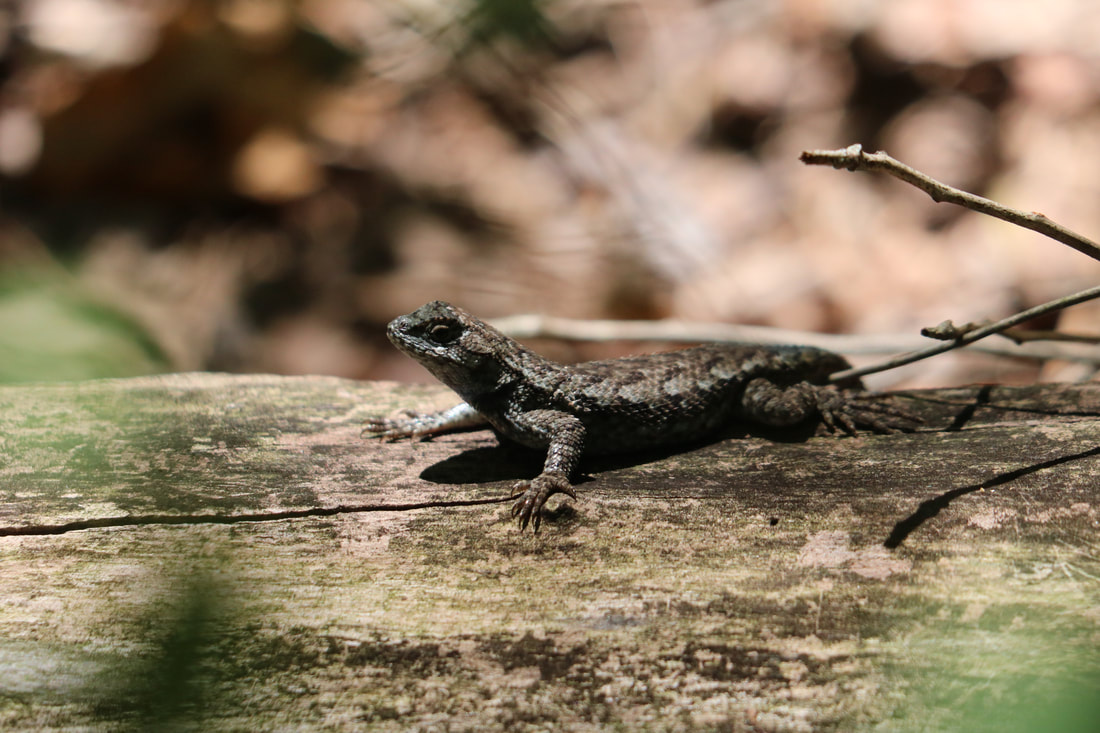“Let us throw metaphysics to the dogs. I never heard a Mountain Lion bawling about the fate of his soul.” Edward Abbey wrote those words in the introduction to the final (1986) edition of his classic book Desert Solitaire. These words are an appropriate introduction to the author. His books are set in the world of sandstone underfoot, a cowboy on his horse, a raft on a wild river, and the embrace of two lovers in the night.
Abbey was born on January 29, 1927, near the town of Home, Pennsylvania. He died on March 14, 1989, in Tucson, Arizona. He served in World War II, received a master’s degree in philosophy, authored twenty books, and married five times. Three marriages ended in divorce. His third marriage, to Judy Pepper, ended when she died of leukemia. Her death inspired the book Black Sun. His final marriage to Clarke Cartwright ended with his death in 1989.
Abbey worked as a park ranger, a fire tower lookout, a journalist, a newspaper editor, a bus driver, and finally, a university professor. The years with the Park Service and the Forest Service provided much of his source material. The land itself not only provides the setting for his works but emerges as a significant character.
Abbey loved the red rock sandstone mesas, the canyons, and the rivers. His connection to the rivers is perhaps best stated in “Down the River,” a chapter of Desert Solitaire. In this chapter, he traveled down the Glen Canyon portion of the Colorado River with his friend Ralph Newsome. That trip was just before the completion of the Glen Canyon Dam, the nemesis of all that Abbey held sacred, and the creation of Lake Powell, termed a sewage lagoon in Abbey’s writings.
The phrase Down the River emerged again a few years later as the title of a book. In this work, Abbey employed several meanings of the phrase, including rivers as symbolic of the passage of time, descriptions of float trips physically going down several rivers, and a statement that both man and nature have been sold down the river.
This last sentiment is reiterated in his novel, The Monkey Wrench Gang, in which he is said to have initiated the term eco-defense. It may have inspired environmental activism through direct action. It certainly gave us the monkey wrench as a symbol for intervention. Some of Abbey’s detractors claim that it is a fictionalized account of efforts the author encouraged if not participated in. Although Abbey was known to remove a few survey stakes from development projects, he maintained that The Monkey Wrench Gang was a strictly fictional work written solely for the entertainment of his readers.
Ingrid Eisenstadt has since supported this statement. She was the real-life woman after whom Abbey almost certainly modeled the character Mizz (sic) Bonnie Abbzug, “not related to the senator.” Her verbal portrait of Abbey and their sometimes life together was published in “Abbey’s Picnic,” Sierra magazine, 2002.
Abbey’s work is often cited as forecasting a future where wilderness continues to be eroded by man’s work. However, his most prophetic passage was perhaps the final paragraph in a chapter of Desert Solitaire titled “The Dead Man at Grandview Point.” In this chapter, Abbey joined a search party to find an older man missing in the desert for two days. Coming home from this job, he records his feelings of identifying with the dead man. The passage prefigures his illegal burial in an unmarked grave in the desert by sympathetic friends carrying out his last request years later:
“I feel myself sinking into the landscape, fixed in place like a stone, like a tree, a small motionless shape of the vague outline, desert colored, and with the wings of imagination look down at myself with the eyes of the bird, watching a human figure that becomes smaller, smaller in the receding landscape as the bird rises into the evening – a man at a table near a twinkling campfire, surrounded by a rolling wasteland of stone and dune and sandstone monuments, the wasteland surrounded by dark canyons and the course of rivers and mountain ranges on a vast plateau stretching across Colorado, Utah, New Mexico, and Arizona, and beyond this plateau more deserts and greater mountains, the Rockies in dusk, the Sierra Nevadas shining in their late afternoon, and farther and farther yet, the darkened East, the gleaming Pacific, the curving margins of the great earth itself, and beyond earth that ultimate world of sun and stars whose bounds we cannot discover.”
Books by and about Edward Abbey
Desert Solitaire (Final Edition)
University of Arizona Press, 1986
Desert Solitaire was drawn from the author’s journal entries written for two years when he served as a park ranger at Arches National Monument. McGraw-Hill first published it in 1968. Previous editions went through several printings.
Down the River
E.P. Dutton, New York, 1982
This book includes four journals written while running rivers on white water rafts. It also contains essays on natural history, politics, people, and places he has known. Two book reviews complete the work.
Abbey’s Road
Abbey’s take on travel.
The Brave Cowboy
This is Abbey’s second novel and perhaps his best. Jack Burns is the brave cowboy introduced in this novel and apparently killed at the end. He must have been Abbey’s favorite character because he resurrected Burns for roles in three additional books, The Monkey Wrench Gang, Good News, and Hayduke lives.
Burnes intentionally gets arrested with a plan to break his best friend out of jail, but the best friend has made a plea bargain and doesn’t want to go. Burns breaks himself out and is on the run from a sheriff sympathetic to his cause but doing his duty. In the movie adaptation, Lonely are the Brave, Kirk Douglas played Burns, and Walter Matthau portrayed the sheriff.
Fire on the Mountain
Billy Voglin was born on his ranch and has vowed to die and be buried there. His grandson visits for the summer as Voglin’s friend, Lee Mackie, attempts to mediate between Voglin and the US Air Force. The ranch is slated for inclusion in a missile-firing range. The rancher is the epitome of resistance, sitting on a porch with a shotgun across his lap, but progress seems relentless until the surprise ending. Buddy Ebben of The Beverly Hillbillies fame played Voglin, and Ron Howard portrayed Lee Mackie in the movie adaptation.
Black Sun
Edward Abbey
Simon and Shuster, 1971
In this fictional book, a fire tower lookout falls in love with a younger woman. She has promised to marry another man, and that conflict drives the story.
The Monkey Wrench Gang
Edward Abbey
Harper Perennial Modern Classics, 2000
Four environmental activists meet on a rafting trip on the Colorado River. They hatch a plot to sabotage projects they deem to be environmentally harmful. George Washington Hayduke, Doc Sarvis, Miss Bonnie Abzug, and Seldom Seen Smith cut a swath through paradise to preserve it. The Monkey Wrench emerged from this book as a symbol of environmental activism.
Avon Books, 1976
Good News
This is Abbey’s only science fiction work, so far as I know. Jack Burns returns in another doomed heroic role.
Hayduke Lives
George Washington Hayduke returns to oppose dam building, road building, and progress in general. He goes on a spree that includes destroying road grading equipment and a mainframe computer. The other characters from The Monkey Wrench Gang make brief appearances. Two wives of the Jack Mormon, Seldom Seen Smith, chain themselves to a tree with other protesters attempting to prevent a real estate development. In a subplot, government agents are trying to track down Hayduke for his activities in the previous novel.
Slumgullion Stew, an Edward Abbey Reader
Edward Abbey
E.P. Dutton, New York, 1984
This work contains excerpts from several of Abbey’s books.
Epitaph for a Desert Anarchist:
The Life and Legacy of Edward Abbey
James Bishop, Jr.
Atheneum, New York, 1994
This work is a biography. The author had access to Abbey’s papers.
Edward Abbey, a Life
James M. Cahalan
The University of Arizona Press, Tucson, 2001
This is a biography.
A slightly different version of this profile of Edward Abbey appeared in The Hellbender Press, Volume 8, Issue 2, March/April 2006


 RSS Feed
RSS Feed